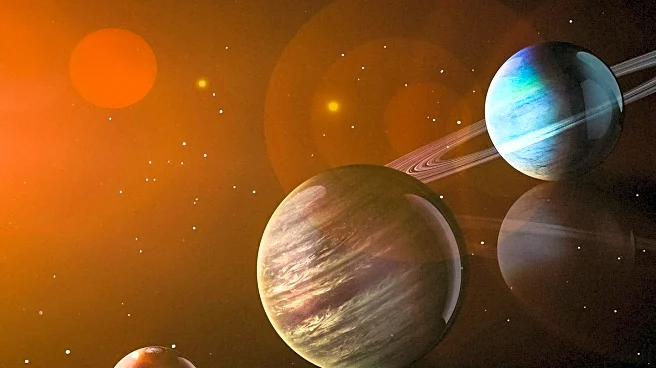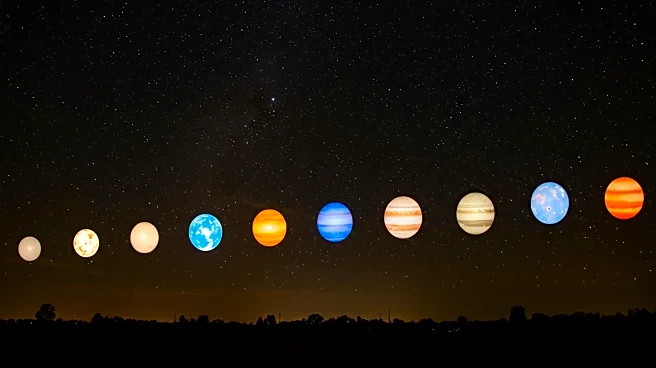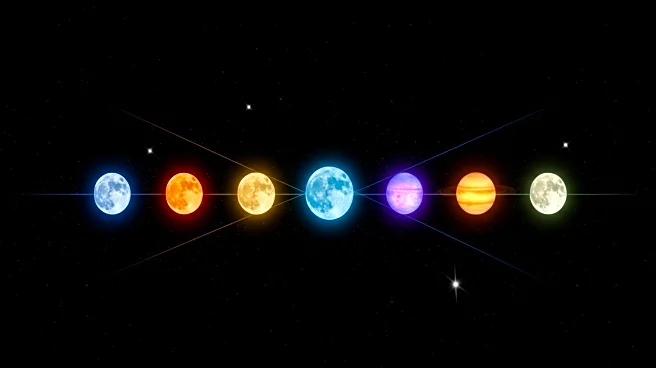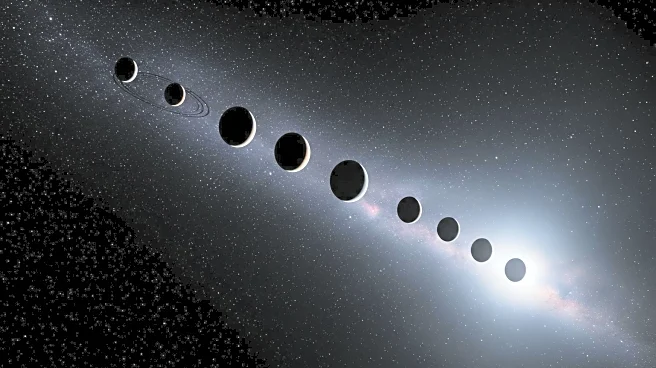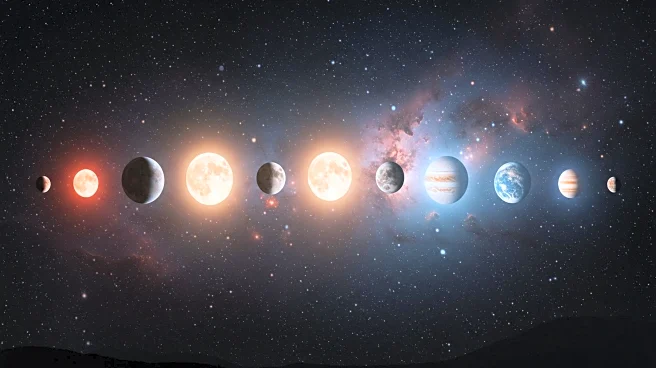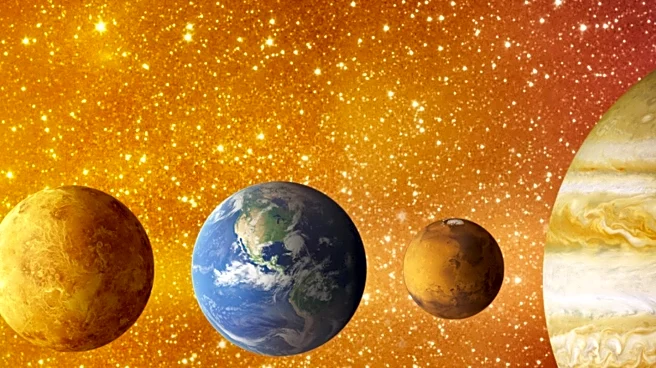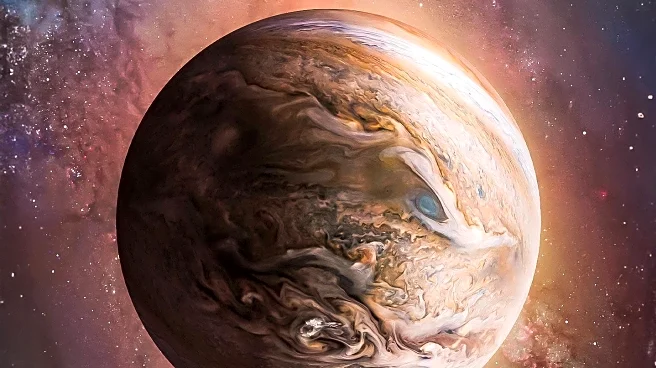What's Happening?
This month, a planetary parade is visible in the early morning skies, featuring six planets. Venus, Jupiter, Saturn, and Mercury can be seen without special equipment, while Uranus and Neptune require binoculars or telescopes. The best viewing opportunities are over the next week, with Jupiter and Venus appearing close together in the eastern sky. Mercury will be at its farthest point from the sun, making it easier to spot. This celestial event is the last planetary parade of the year, offering a unique opportunity for stargazers.
Why It's Important?
Planetary parades provide a rare chance for the public to engage with astronomy and appreciate the wonders of the solar system. Such events can inspire interest in science and education, encouraging people to learn more about space and celestial phenomena. They also offer a moment of connection with the natural world, fostering a sense of curiosity and exploration.
What's Next?
As Mercury moves behind the sun later this month, a crescent moon will join the parade, adding to the spectacle. The next significant planetary alignment is expected in February, providing another opportunity for stargazing enthusiasts to observe the planets. These events may lead to increased public interest in astronomy and related educational activities.
